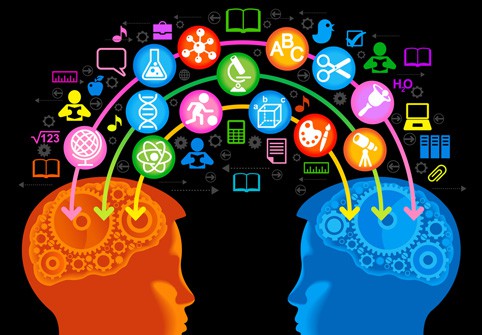New Study Reveals Trends in Professional Learning

By: Jason Lange
A 2013 Australian study conducted by the government-funded Australian Institute for Teaching and School Leadership and the nonprofit Innovation Unit examined 50 high-performing corporations, educational institutions, and nonprofit organizations from around the globe to identify common features of professional learning experiences.
These commonalities include collaboration between participants, blended (remote and face-to-face) learning, as well as an emphasis on personalization and informality.
The study found few examples of compulsory classroom-style training. Instead, professional learning “is incentivized through recognition and sometimes tangible rewards, usually within a culture of high expectations.”
The study identified these five global trends in professional learning:
- Learning is integrated. Learning and performance feedback are closely connected and embedded in the culture. Observation and evaluation processes exists, but are solely focused on how to leverage the data collected to make informed, personalized recommendations for opportunities for growth.
- Learning is immersive. Learning comes from intensive, holistic experiences that challenge beliefs and radically alter practices. Just as project-based learning is impactful for student, educators require hands-on models of professional learning where they can learn, experiment and reflect on practice in real classroom environments.
- Learning is design-led. Learning is a problem-solving process that requires deep user engagement. Rather than episodic, generic professional learning experiences, educators need frequent, targeted learning experiences that meet them in their classrooms and help resolve the tangible, job embedded problems they face each day.
- Learning is market-led. New providers stimulate demand and grow the market for new products and services. Video-based observations and virtual coaching must be utilized more frequently to scale coaching practices beyond the human element.
- Learning is open. Online environments allow the free exchange of ideas and resources. Content can only provide so much guidance. In the end, it is the power of the conversation facilitated between educators that creates meaningful, lasting change in practice. These conversation should remain open for others to follow and to leverage, so as not to reinvent the wheel over and over again.
These finding suggest that education professionals should have an individual learning plan and access to a combination of collaborative and online learning experiences, all of which need to be reinforced by regular embedded feedback and assessment mechanisms. At BloomBoard, we are working to provide personalized mechanisms for observation, evaluation and support across 19 states and we have found remarkably similar results. Just as we see with students, educators benefit from blended and project-based learning, as well as external work-based learning and simulations. Our ability to ensure that professional learning is highly relevant and personalized, incentivized, and largely self-directed for all teachers will be paramount to the success of our education institutions.
 Jason Lange is CEO & Co-founder of BloomBoard, an online development platform to ignite growth and personalized professional development for K-12 educators.
Jason Lange is CEO & Co-founder of BloomBoard, an online development platform to ignite growth and personalized professional development for K-12 educators.



0 Comments
Leave a Comment
Your email address will not be published. All fields are required.